Robot Dives To 3,000 Feet To Record Bizarre Glow In The Dark Creatures In The Oceans Twilight Zone
These are just some of the terrifying bioluminescent creatures found in our ocean’s ‘Twilight Zone’. The creatures inhabiting the dark depths 3,000 feet below the surface are now being documented by a research robot called ‘Mesobot’.
The Woods Hole Oceanographic Institution (WHOI) described the ‘Mesobot’ in the Science Robotics journal as a remotely piloted vehicle that can also function autonomously at depths of up to 1,000 metres (3,300 feet).
The Mesobot is tasked with exploring the ‘twilight zone’ which lies beyond the reach of sunlight at a depth of between 200 and 1,000 metres (650-3,300 feet).
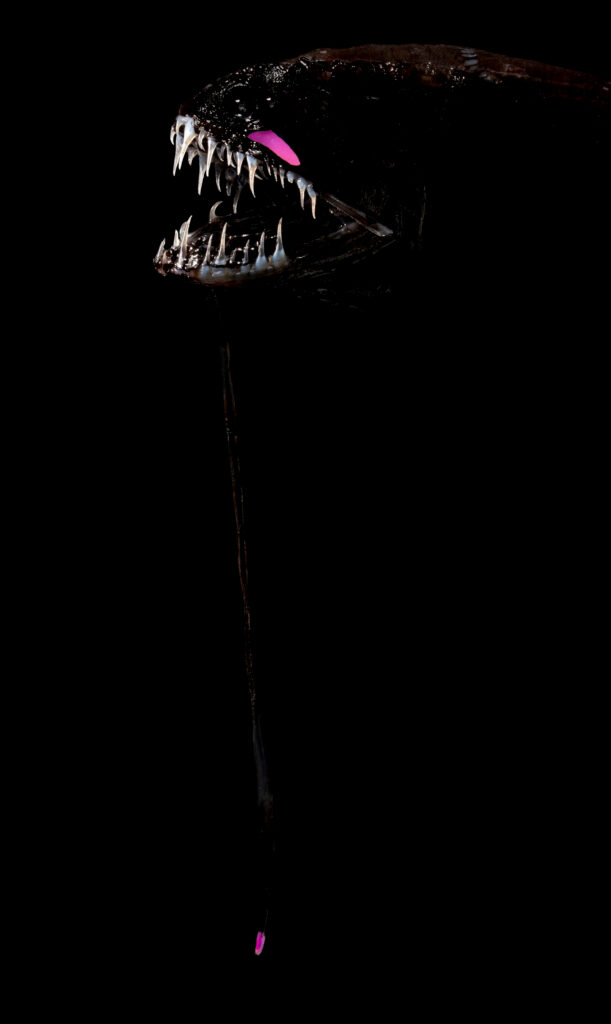
Despite the darkness and freezing cold temperatures, the region is full of life with some estimates suggesting that it holds more biomass than the rest of the world’s oceans combined.
One of the most impressive and alien-looking creatures found in the ‘Twilight Zone’ is the Barbeled dragonfish (Stomiidae). Female members of this species use fangs embedded with nanocrystal to crush their prey with a bite more powerful than that of a shark.
Another terrifying fish that inhabits the depths is the Fangtooth, which has the highest tooth to body ratio of any fish in the ocean and uses special chemical receptors to ‘smell’ the water around it for prey.
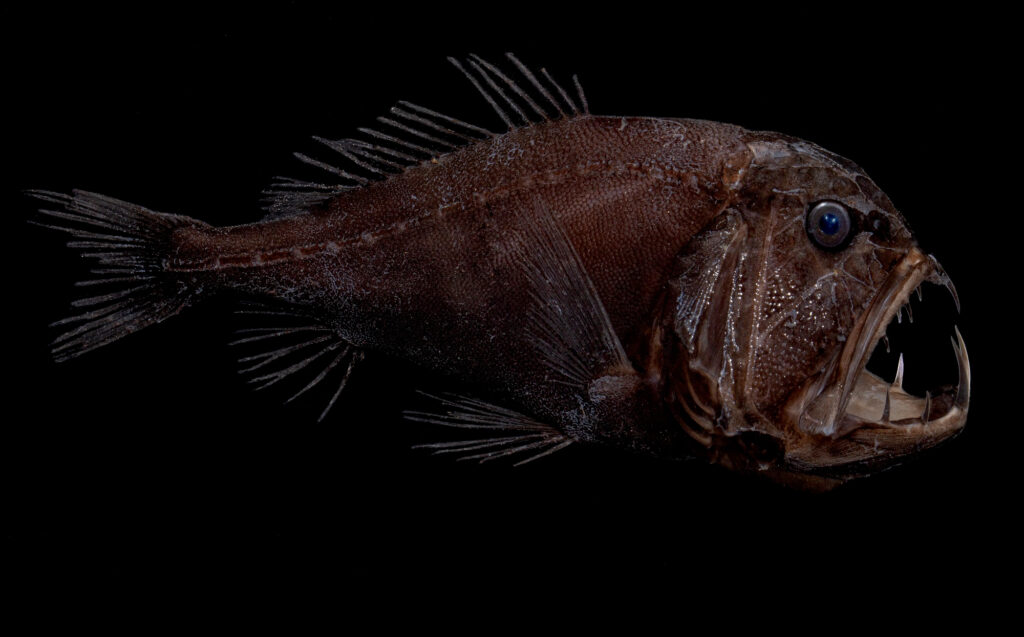
Dana Yoerger, a senior scientist at WHOI, said in a statement: “Mesobot can survey, track, and record compelling imagery, we hope to reveal previously unknown behaviours, species interactions, morphological structures, and the use of bioluminescence.”
The Mesobot is capable of locking onto organisms even at crushing depths and tracking them for over 24 hours with incredible precision.
In the robot’s high-definition footage, it successfully tracks a ‘dinner plate’ jellyfish ramming a siphonophore, which narrowly escaped its venomous tentacles.
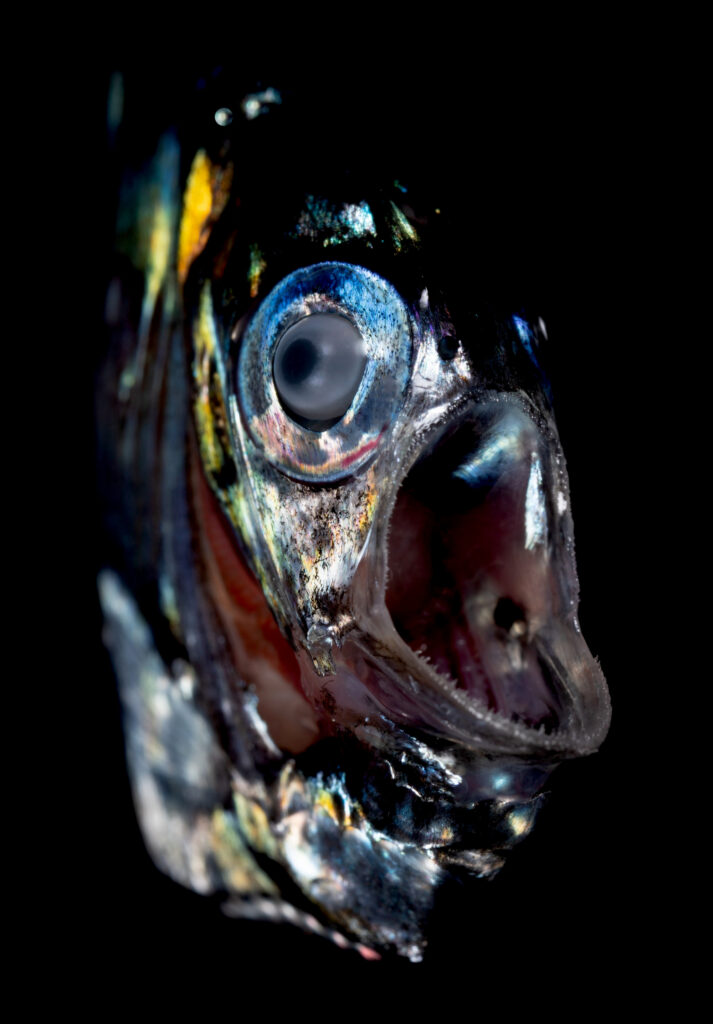
The WHOI said: “Humans receive two key benefits from the twilight zone: the removal of heat-trapping carbon dioxide from the atmosphere, and the support of commercially important fisheries in the surface waters. “
They added that industrial fishing is damaging the twilight zone and as a result potentially disrupting both our food supply and reducing the amount of carbon being removed from the atmosphere.
The carbon cycle in our oceans has a huge impact on the amount of carbon dioxide in the atmosphere.
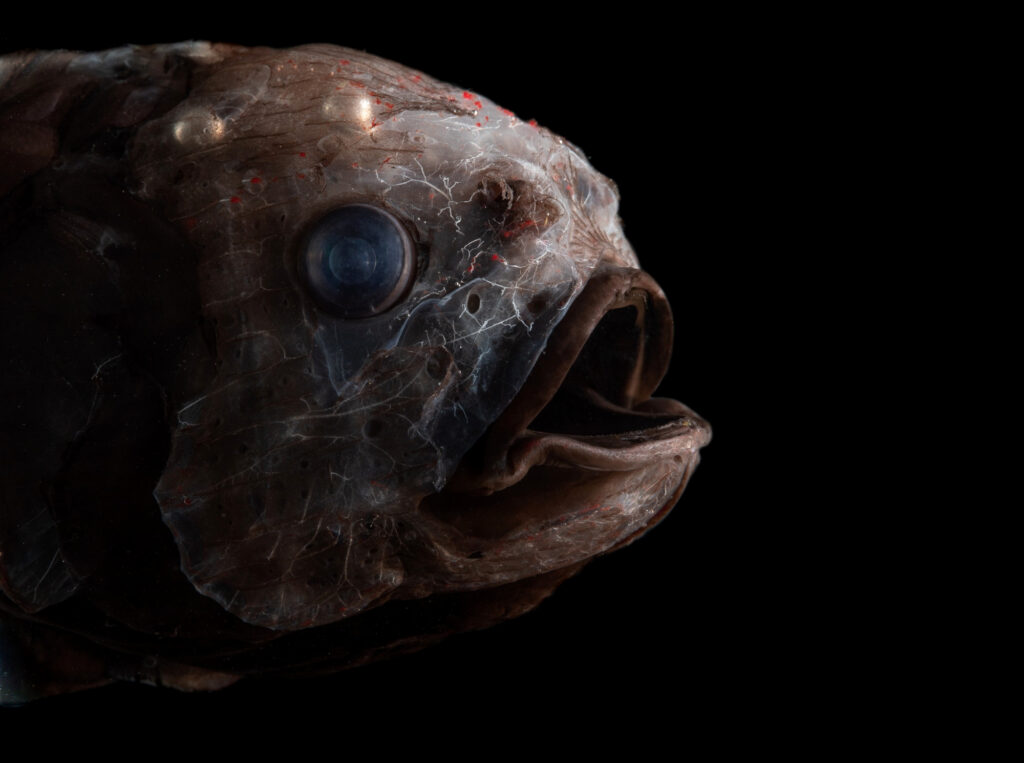
According to the WHOI, oceans absorb approximately 25 percent of all greenhouse gases emitted by human activity.
The twilight zone plays a crucial role in transferring this carbon from the shallow ocean to the deep ocean, preventing the gases from being released back into the atmosphere.
The daily migration of animals from the twilight zone sees them emerge from the dark depths in search of food on the surface.
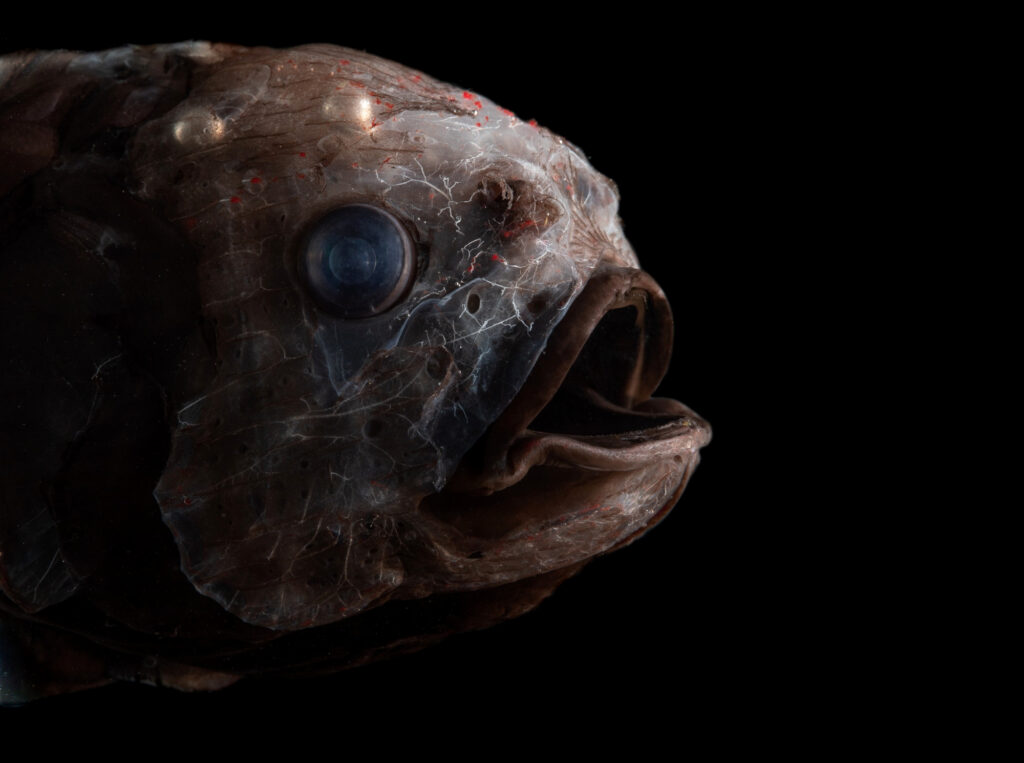
One of the creatures that make this journey from the darkness to the light is the half-naked hatchetfish.
Under the cover of darkness, the hatchetfish feasts on zooplankton, also stuffing itself with ostracods and copepods, floating fish larvae, and crustaceans before returning to the depths before sunrise.
Predators like the hatchetfish return to the twilight zone with bellies full of food and the carbon that that their prey had absorbed. This process prevents the carbon from being released back into the atmosphere and contributing to the greenhouse effect.
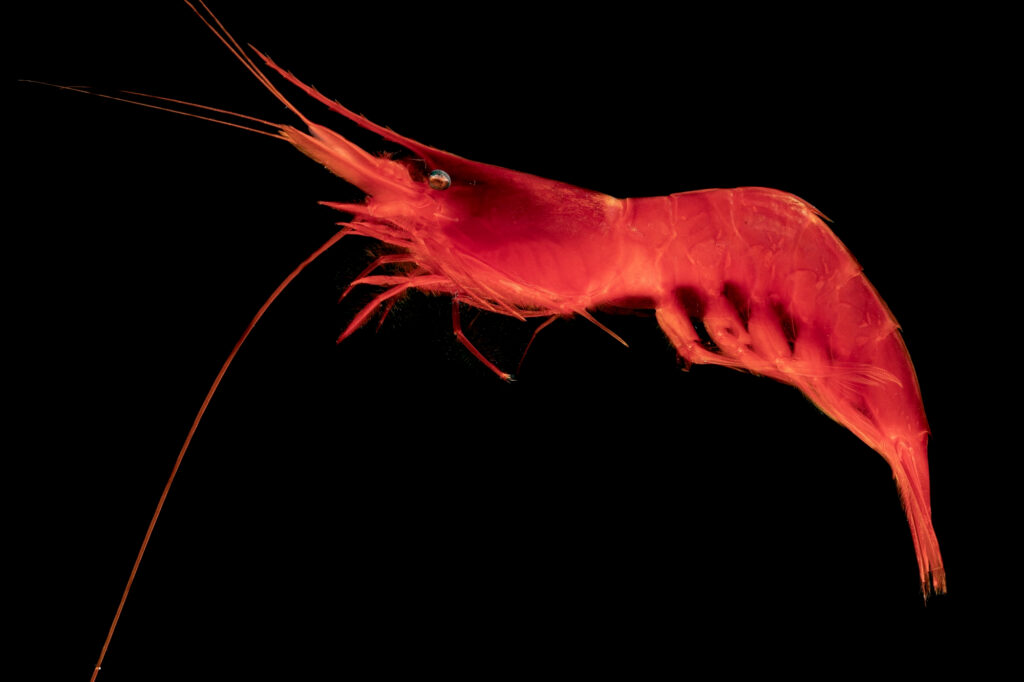
Yoerger said that this process is known as ‘the greatest migration on Earth’ and the Mesobot is capable of monitoring this like no other machine as it can follow creatures for 24 hours nonstop.
The WHOI estimates that as a result of the ‘great migration’ the twilight zone is responsible for storing 2 to 6 billion tons of carbon every year which is estimated to be six times more than the carbon released by every car in the world.
Lihini Aluwihare, a professor of chemical oceanography at the University of California San Diego, told Inverse: “The twilight zone is key to the balance of food webs in the deep ocean.”
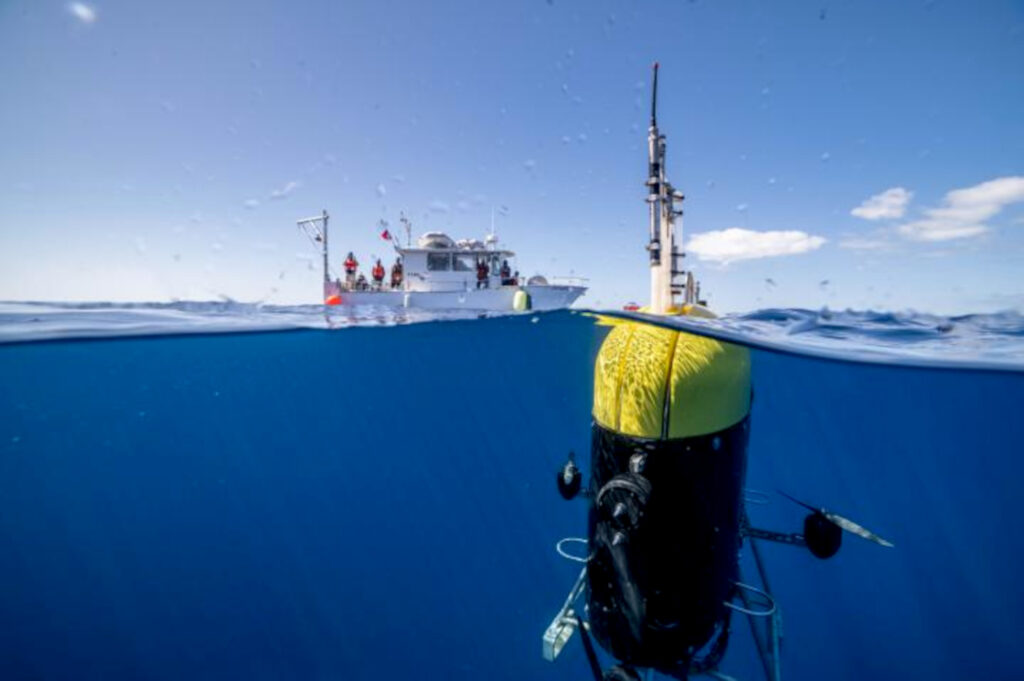
Although humans are unlikely to ever eat anything directly from the twilight zone, many fish that we do eat, such as tuna, feed on organisms from the twilight zone when they come to the surface during the daily ‘great migration’.
Flavia Boscolo-Galazzo, a postdoctoral fellow at the University of Bergen, said: “Deep-living fish account for a billion tonnes of biomass and are a major food source for whales and dolphins and also large diving fish like tuna and swordfish.”
The WHOI plans to use data collected by Mesobot to improve our understanding of the twilight zone’s role in the ocean’s food web and in regulating carbon dioxide levels.



